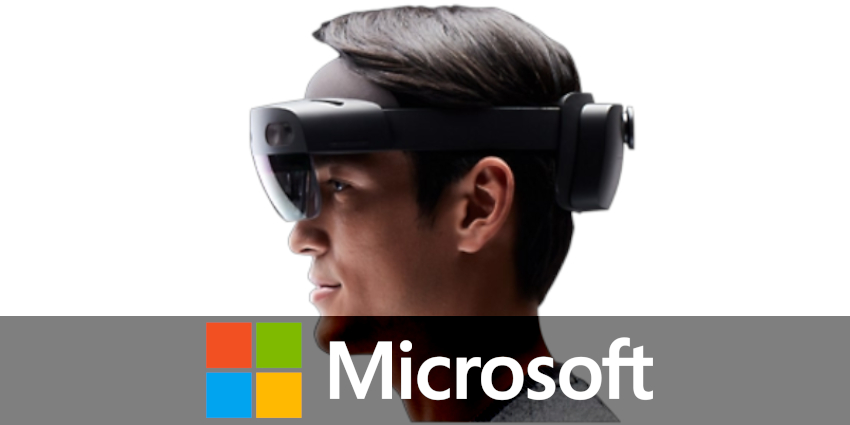A news report has found Microsoft is innovating its display technologies to reinvigorate its spatial communications devices

Microsoft has reportedly filed a new patent to develop a microLED display solution to enhance virtual, augmented, and mixed reality (VR/AR/MR) experiences.
Microsoft’s latest patent aims to improve functionality for devices like its HoloLens 2 and others, indicating a potential revival of its research and development (R&D) push, a report from MS Power User revealed.
In it, Microsoft filed the display technology patent, which continues innovations from US11688333B1, which Microsoft filed in June and the United States Patent and Trademark Office (USPTO) approved on 19 October.
The inventors—Charles Walter Boecker, Niranjan, Achugundla Puttaswamy, Barry Thompson, Sheethal Somesh Nayak, Jeffrey Neil Margolis, and Chuan Pu—aim to create “a display device [that] includes a display substrate and a backplane substrate.”
The initial patent continues,
“The display substrate includes an array of micro-LEDs forming individual pixels. The backplane substrate includes a plurality of pixel logic hardware modules. Each pixel logic hardware module includes a local memory element configured to store a multi-bit pixel intensity value of a corresponding micro-LED for an image frame. The backplane substrate is bonded to a backside of the display substrate such that the pixel logic hardware modules are physically aligned behind the array of micro-LEDs and each pixel logic hardware module is electrically connected to a micro-LED of the corresponding pixel”
Also, the report stated that Microsoft will explore microLED displays to circumvent some of the issues with waveguide technologies, including “their size and the poor visual quality.” Additionally, using microLED displays can reduce HoloLens device form factors while boosting the headset’s imaging quality.
The news comes after several patents showed Microsoft filed patents for hot-swappable batteries for an upcoming AR smart glasses device, indicating a drive to revitalise its rumoured AR head-mounted displays (HMD).
An Apple-Microsoft-Meta micro-OLED Melee?
News of the patent comes amid a battle among the world’s top mixed reality headset manufacturers. Recent updates ahead of the Meta Connect 2023 event revealed that the firm had partnered with South Korea’s LG Electronics to develop the successor to the Quest Pro.
According to the Maeil Business Newspaper, Meta teamed up with the Seoul-based tech giant to build micro-organic light emitting diode (micro-OLED) displays for the tentatively titled Meta Quest 4 Pro.
LG will also supply the device’s batteries and additional LG Innotech components. In addition to supplying parts for the future device, LG will also contribute to and manage production for some of the Menlo Park-based company’s operations.
Alongside Meta’s upcoming Quest successor, Apple has begun innovating its Vision Pro headset with a successor that will cost much less than the first-generation device’s hefty $3,499 price tag.
To combat the climbing pricing for future headsets, Apple struck a deal with Chinese micro-OLED display manufacturers SeeYA Technology and Best on Earth (BOE)
In a report, sources familiar with the matter stated that Apple had been “testing advanced displays” from both companies and considered including them in future Vision Pro head-mounted display (HMD) models.
Also, Apple’s initial Vision Pro release has struggled with micro-OLED displays, due to Sony being unable to provide over one million units, with each device requiring two to function.
To date, news reports have found that Apple plans to patent a pair of augmented reality smart glasses capable of boosting its AR development and integration capabilities, leading to the next step toward greater immersive adoption rates.
TrendForce 2023 Micro LED Market Trend and Technology Cost Analysis
Release Date: 31 May / 30 November 2023
Language: Traditional Chinese / English
Format: PDF
Page: 160 / Year
If you would like to know more details , please contact:












